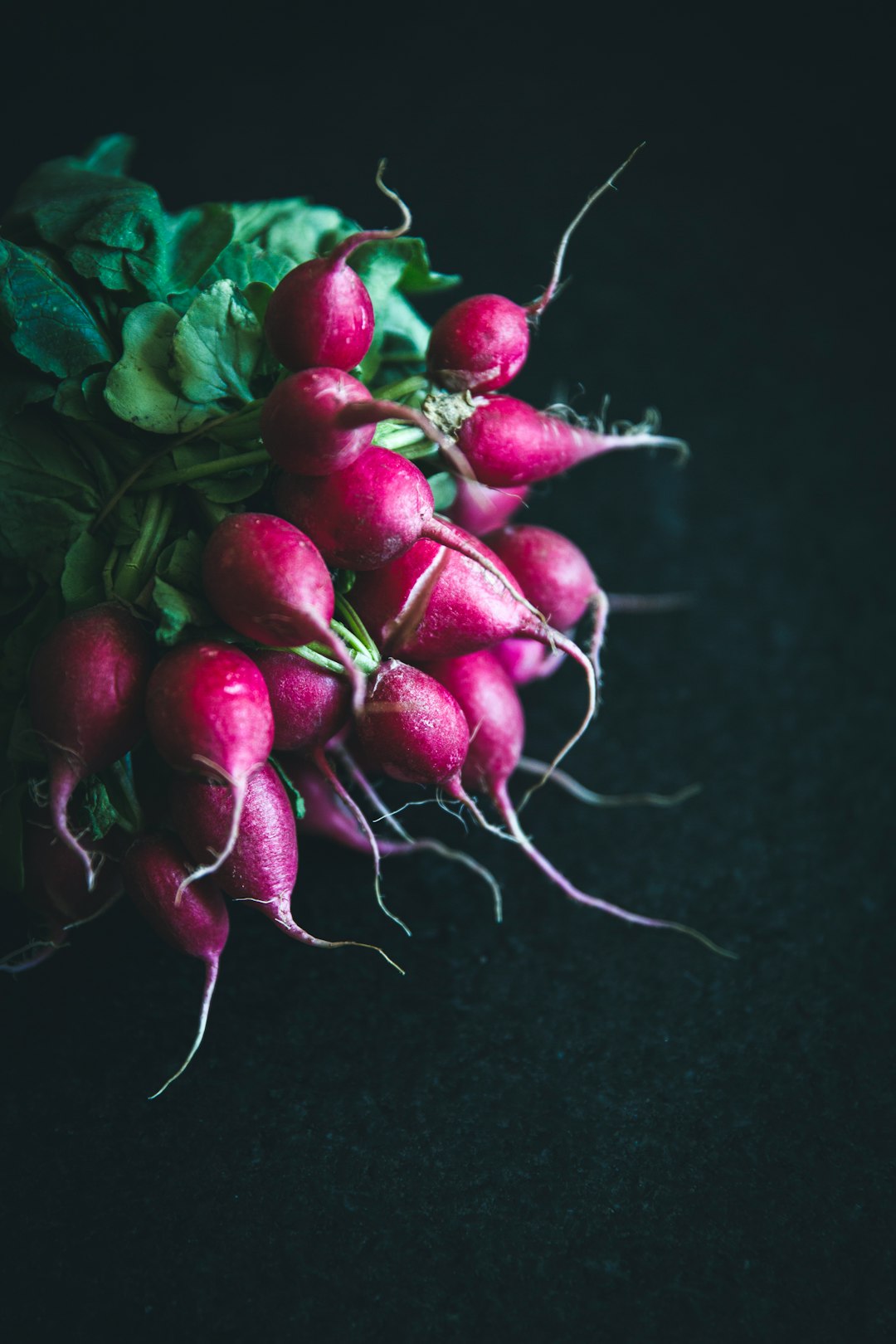
Pear Adobo Daikon Recipe: A Fusion of Flavors
Discover the harmonious blend of sweet and savory with this unique Pear Adobo Daikon recipe. This dish brings a delightful twist to the traditional Filipino adobo by incorporating the natural sweetness of pears and the crisp texture of daikon radish. Not only is it a feast for the senses, but it also offers a nutritious option for those looking to experiment with new flavors in their kitchen.
Ingredients
To prepare this delicious Pear Adobo Daikon, gather the following ingredients:
- 1 medium daikon radish, peeled and sliced into thin rounds
- 2 ripe pears, cored and cut into wedges
- 1/2 cup soy sauce
- 1/4 cup vinegar (such as rice or apple cider vinegar)
- 1/4 cup water
- 1 tablespoon brown sugar
- 4 cloves garlic, minced
- 1 medium onion, sliced thinly
- 1 teaspoon black peppercorns
- 2 bay leaves
- 2 tablespoons cooking oil
- Fresh cilantro or green onions for garnish
Cooking Instructions
Follow these easy steps to create your Pear Adobo Daikon:
-
Prepare the Ingredients: Begin by peeling and slicing the daikon radish into thin rounds. Core the pears and cut them into wedges. Set aside.
-
Sauté Aromatics: In a large skillet or pot, heat the cooking oil over medium heat. Add the minced garlic and sliced onion, sautéing until fragrant and the onions become translucent.
-
Combine Ingredients: Next, add the sliced daikon radish to the skillet. Stir-fry for about 3-4 minutes until slightly tender. Then, add the pear wedges and cook for an additional 2 minutes.
-
Add Liquid: Pour in the soy sauce, vinegar, water, and brown sugar. Toss in the black peppercorns and bay leaves. Stir everything gently to combine.
-
Simmer: Reduce the heat to low and let the mixture simmer for about 20-25 minutes. Allow the flavors to meld and the daikon to soften. Stir occasionally to prevent sticking.
-
Final Touches: Taste and adjust seasoning if necessary. If you prefer a sweeter adobo, you can add a bit more brown sugar. Once ready, remove from heat and discard the bay leaves.
-
Serve: Garnish with freshly chopped cilantro or green onions. Serve warm with steamed rice or as a filling side dish.
Cooking Tips for Pear Adobo Daikon
-
Choosing the Right Pears: Opt for firm yet ripe pears, such as Bosc or Anjou. These varieties hold their shape well while cooking and add a beautiful sweetness.
-
Daikon Preparation: Daikon can be quite spicy when raw, but cooking it will mellow its flavor. Taste a small piece before cooking to gauge its spice level.
-
Vegan Variation: This recipe is easily adaptable for a vegan lifestyle. Simply replace soy sauce with tamari for a gluten-free option, and ensure that your vinegar is vegan-friendly.
-
Serving Suggestions: Pair your Pear Adobo Daikon with a side of steamed jasmine rice or quinoa. The sweetness of the pears complements the savory notes of the adobo beautifully.
Flavor Profile and Pairing Suggestions
The Pear Adobo Daikon features a delightful balance of sweet, salty, and tangy flavors. The natural sweetness from the pears enhances the richness of the soy sauce and vinegar, making it a perfect companion for grilled meats or a fresh salad. For a drink pairing, consider serving it with a chilled glass of white wine or a refreshing lemonade.
Glossary of Terms
- Adobo: A popular dish in Filipino cuisine characterized by marinating meat in vinegar, soy sauce, and spices before cooking.
- Daikon: A long white radish with a mild flavor often used in Asian cuisine.
This Pear Adobo Daikon recipe is not just a meal; it’s an experience that invites you to explore the fusion of flavors in your kitchen. The combination of sweet pears and crisp daikon offers an exciting twist on a classic dish that will impress family and friends alike.
For more culinary inspiration, consider checking out Filipino Recipes for traditional dishes and modern adaptations. Happy cooking!


